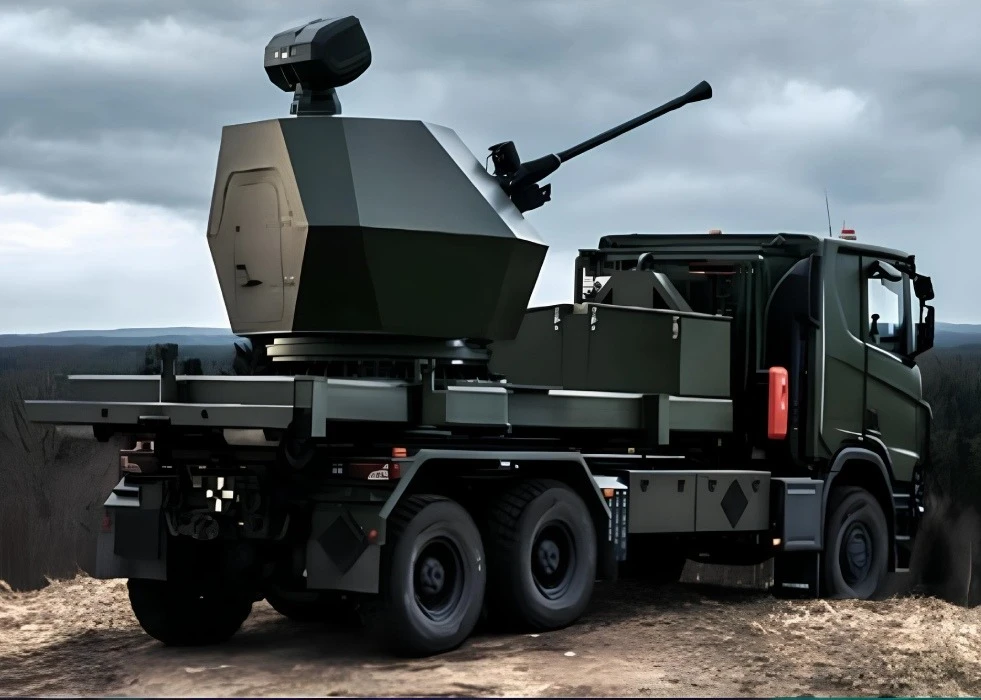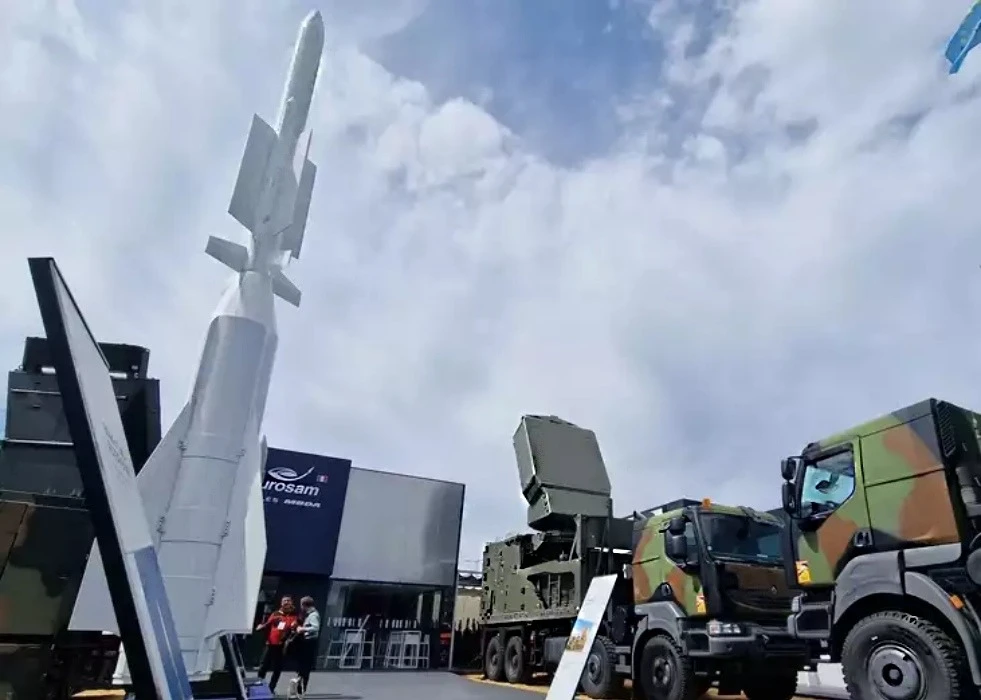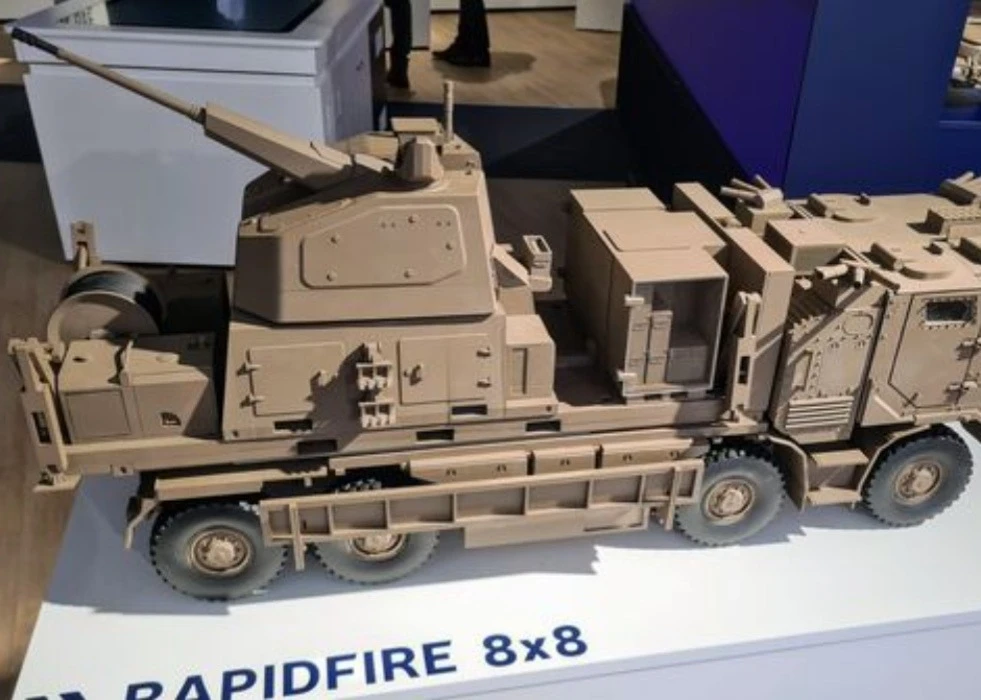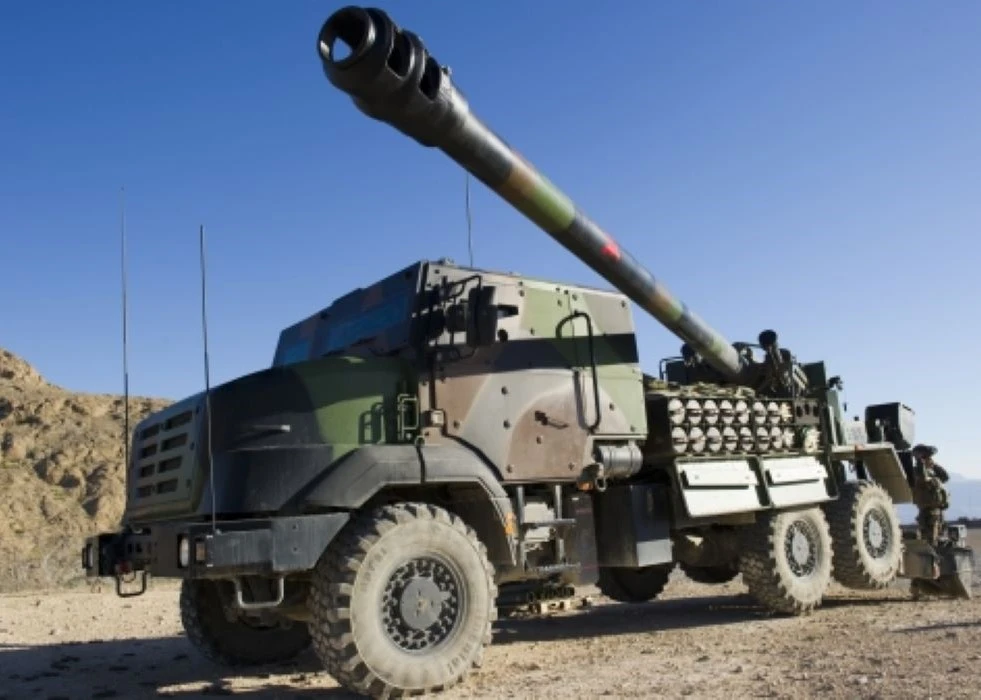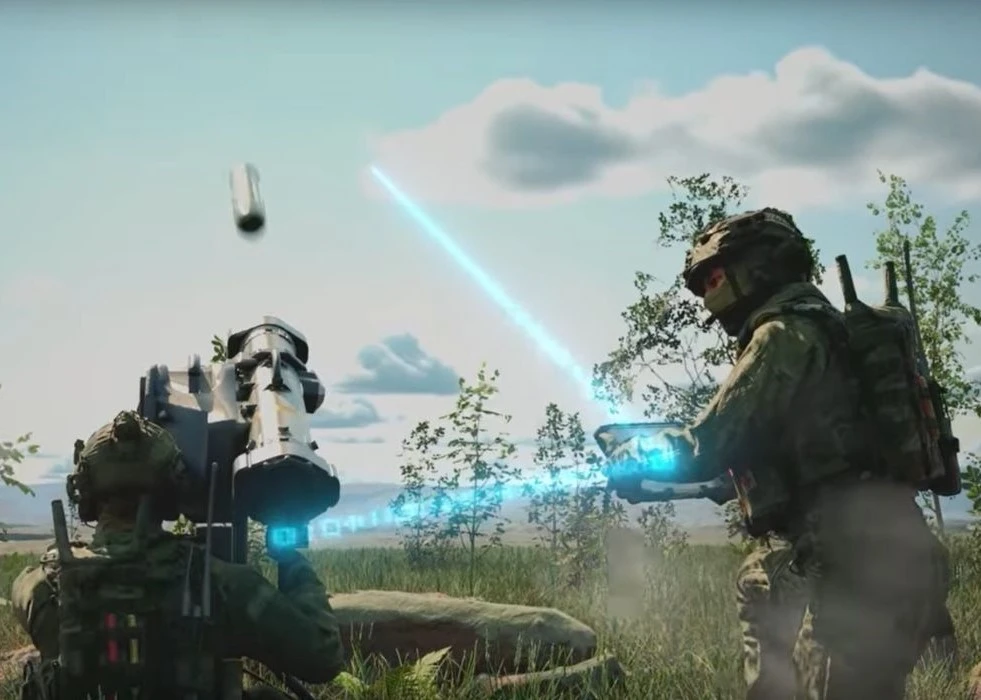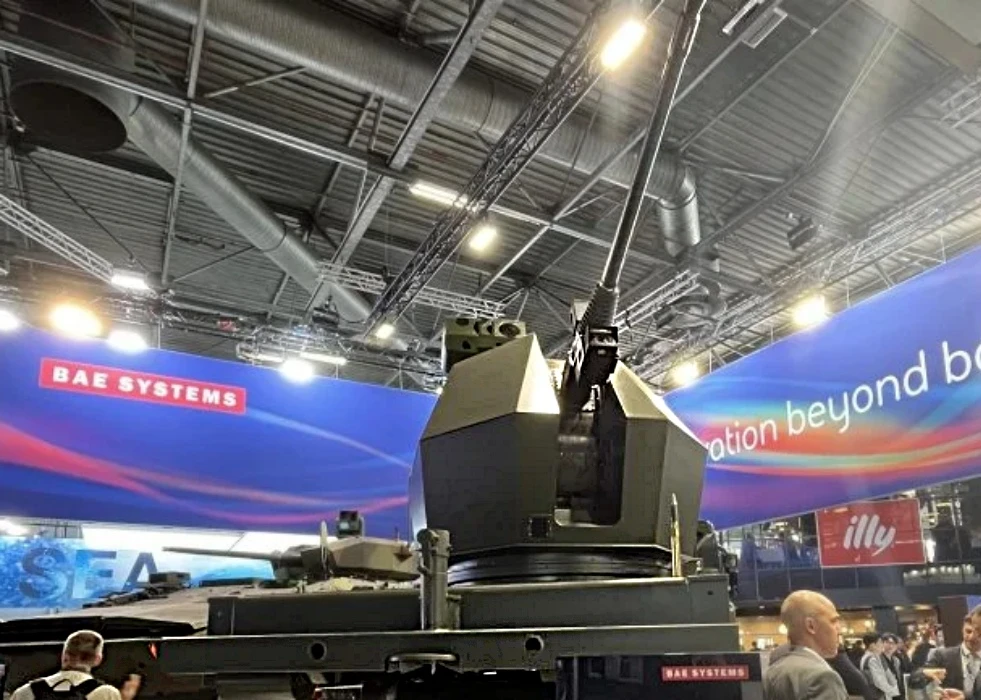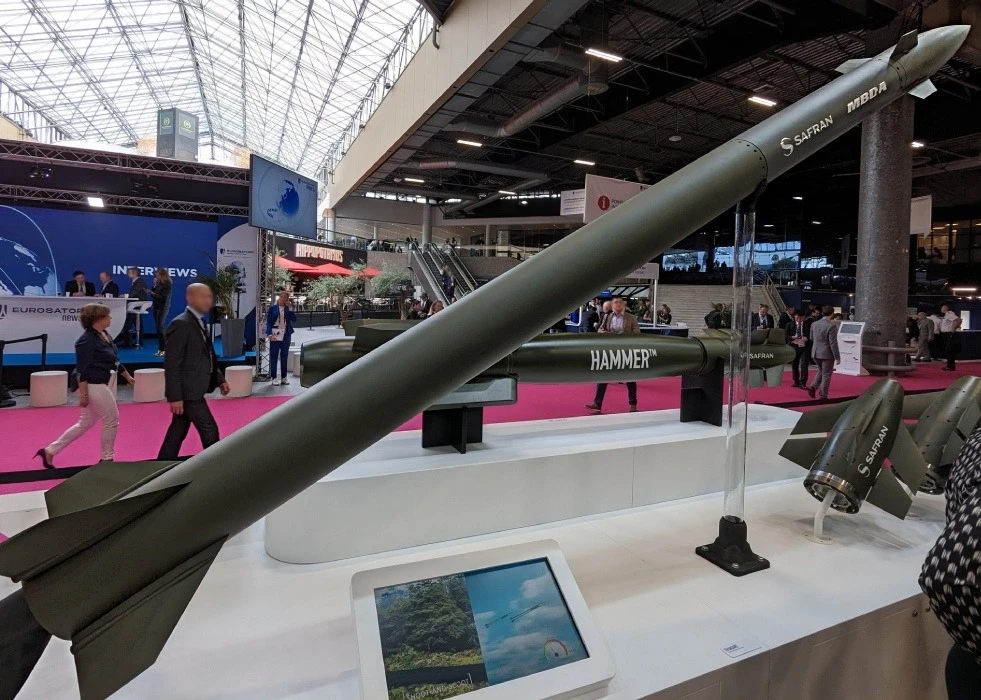BAE Systems International Ground Vehicles Director Jeramy Hopkins has shared an image of a Bofors 40 Mk4 autocannon on a truck. Hopkins shared the image in a LinkedIn post for the Eurosatory 2024 exhibition to be held between the 17th- 21st of June 2024. As reported by Shepard Media, BAE Systems has been working on a ground-based Bofors 40 Mk4 for at least a year. Bofors 40 Mk4 was developed as a naval gun to perform both anti-surface and anti-air warfare roles with its capability to fire FUZE 3P multi-purpose ammunition specifically developed for it. The weapon system uses the 40 mm L/70 autocannon with the options for muzzle velocity radar and co-axial camera. The weapon’s specifications and emerging threats should be reviewed to understand why BAE Systems is embarking on a land-based Bofors 40 Mk4. Trucks have an important cost, mobility, and deployability advantage when it comes to air defence weapons. The recent developments in the Russo-Ukrainian War show that quick relocation is important for the defending side for both quick reaction and survivability against enemy artillery or UAVs. The U.K. previously moved with this lesson and provided Ukraine with ASRAAM missile launchers based on the highly mobile Supacat 6x6 chassis.
As Bofors 40 Mk4 stores its ammunition inside the turret, thus there is no need for deck penetration. The gun is remotely operated by a console small enough to be fitted on patrol boats. These are understood to make the integration on a truck easier. Unlike the baseline version, the land-based version includes a two-axis EO/IR system instead of a co-axial camera. The threat of UAVs, from FPVs to larger ones for long-range attacks, has directed the militaries to gun-based solutions due to the price tag of air defence missiles.
This development highlighted proximity fuse/programmed ammunition-capable guns, thanks to their ability to shoot down targets without requiring a direct hit. The most critical aspect of Bofors 40 Mk4 is the FUZE 3P ammunition that can be set to six different modes, including time-fuse and proximity against air targets or small attack craft, impact, and delay against more resilient targets. Thus, FUZE 3P would counter drones at longer ranges and be used against infantry behind cover or lightly armoured vehicles.
Compared to anti-aircraft guns of 35x228 mm and smaller calibres, 40 mm L/70 autocannons have a longer range, and bullets carry a greater payload (Nearly twice the bullet weight of 35x228 mm shells), providing a more lethal blast force. The main drawback of a land-based Bofors 40 Mk4 would be the available ammunition and lower rate of fire than other gun-based air defence systems. The ready-to-fire magazine holds 30 rounds, the ring-type magazine holds 70 rounds, and the autocannon has a fire rate of 300 RPM. However, the multi-mode ammunition and the explosive payload of each round would rectify this issue, particularly in the C-UAS role.
Turkiye is developing a similar naval gun solution (regarding programmable ammunition), SAVER’s THUNDERBOLT, with two L/70 naval guns. SAVER is working with ASELSAN to integrate the ATOM programmable airburst ammunition on the weapon. Additionally, the Turkish Army has a supply of 40 mm anti-aircraft guns, which can benefit from the ammunition and automation. A land-based THUNDERBOLT variant and modernised 40 mm anti-aircraft guns can be developed to support future KORKUT-230/35 SPAAGs.


